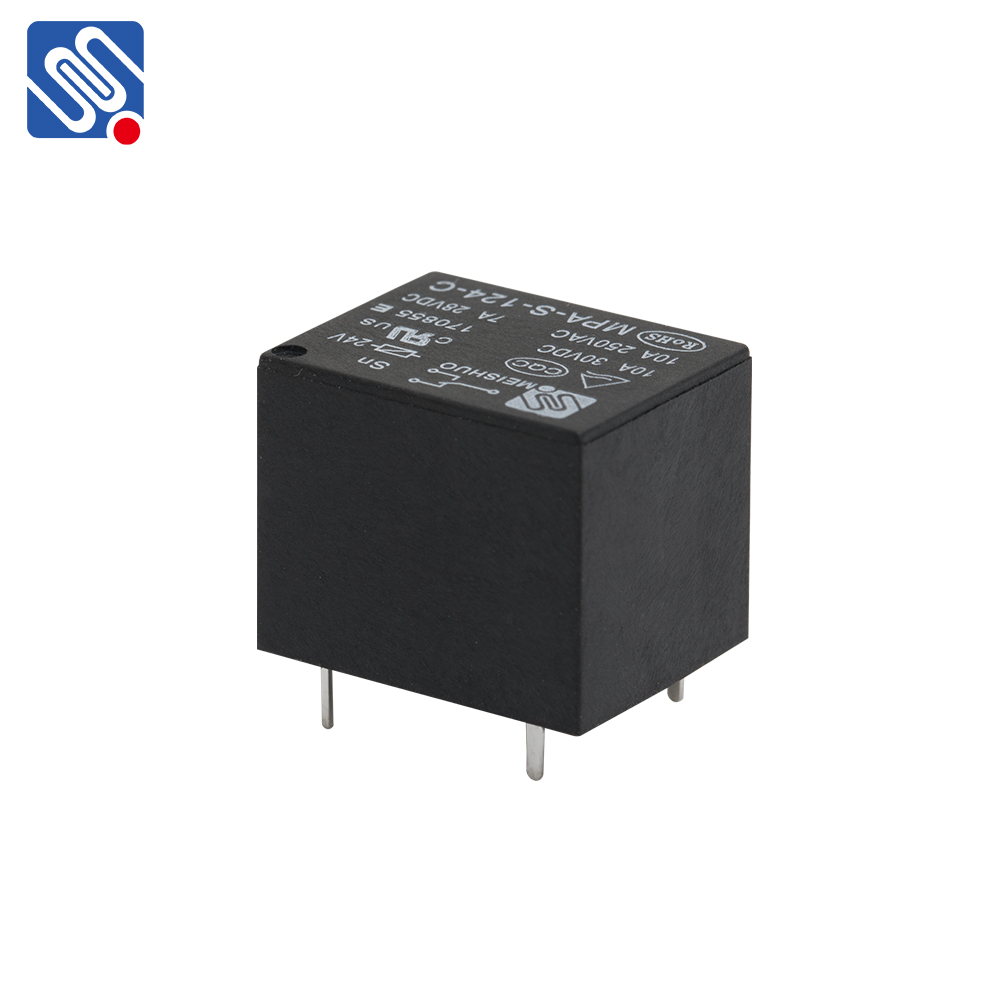Relay drive systems are integral components in a wide range of electronic circuits and automation processes. They play a crucial role in controlling the switching of high-power devices with low-power control signals. This article delves into the principles of relay drive, its various applications, and its numerous advantages in modern electronic systems.

What is Relay Drive? Relay drive refers to the process of controlling a relay using a low-power control signal to switch a high-power load or device. A relay is an electrically operated switch that allows one circuit to control another by using an electromagnetic coil. When current flows through the coil, it creates a magnetic field that either opens or closes the relay’s contacts, thus enabling or disabling the power to the connected load. Relay drive systems are designed to use a control signal, typically from a microcontroller or an automated system, to energize the relay’s coil. The relay then either connects or disconnects the electrical circuit, allowing or halting the flow of power to the load. This makes relays ideal for controlling equipment that requires high current or voltage, while the control signal only requires a small amount of current to operate.